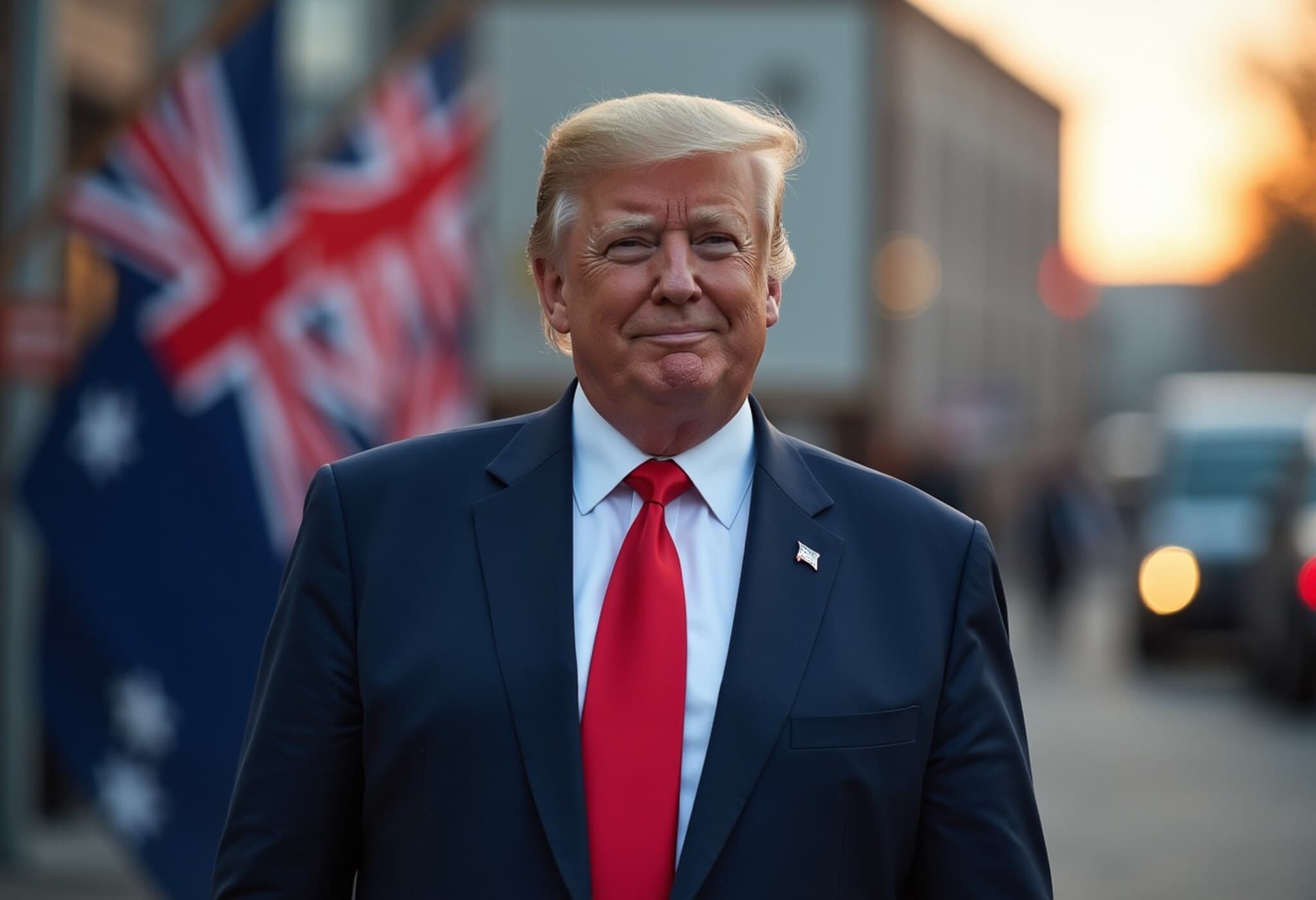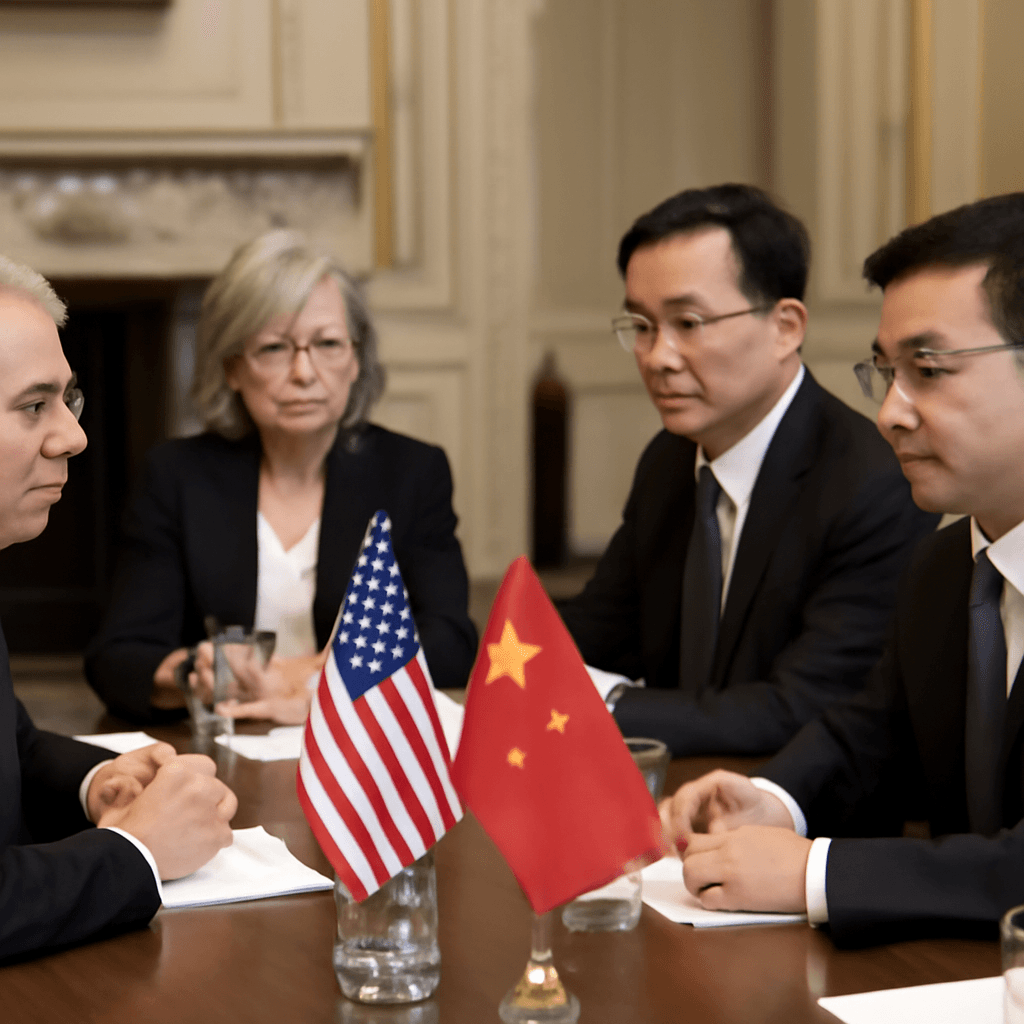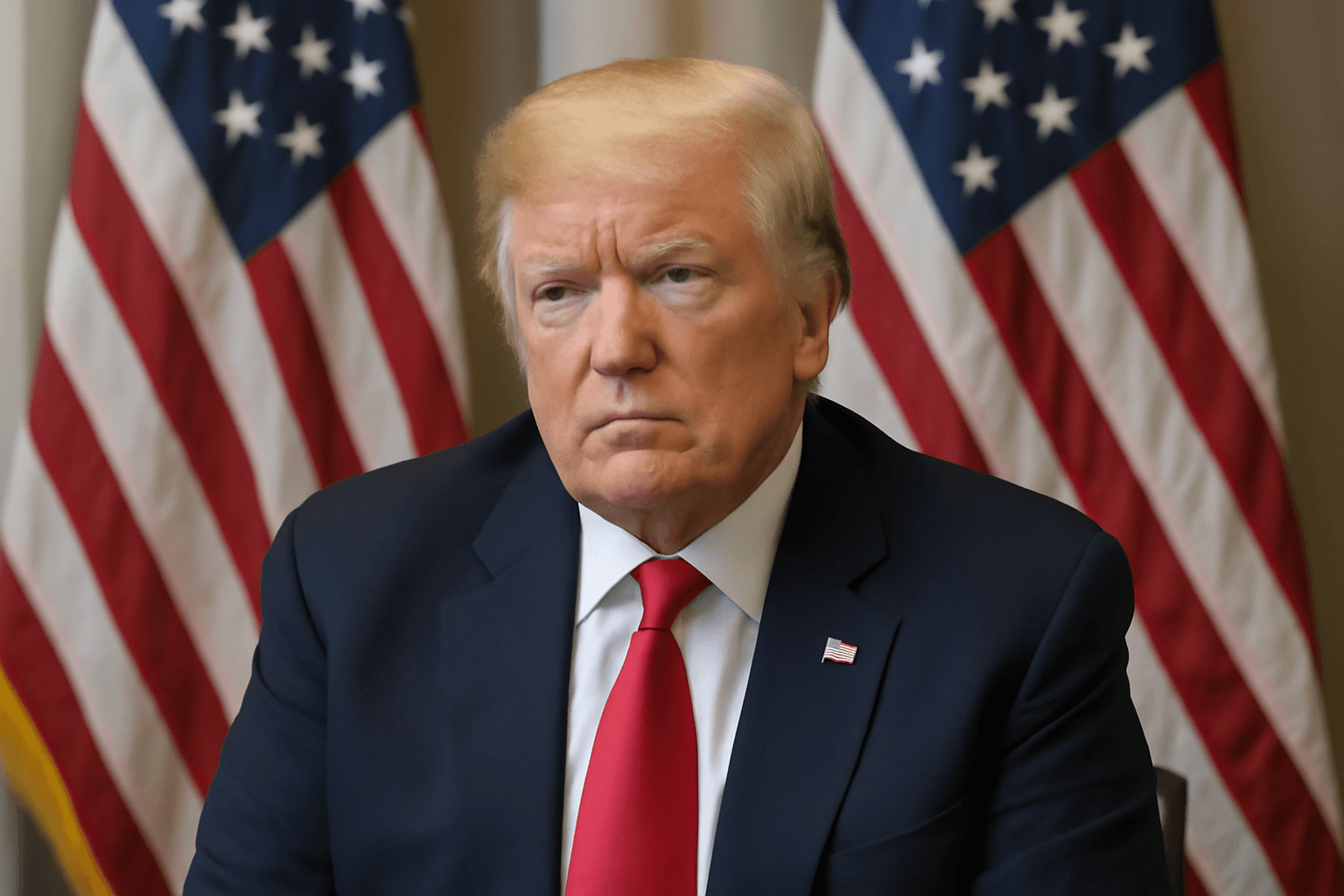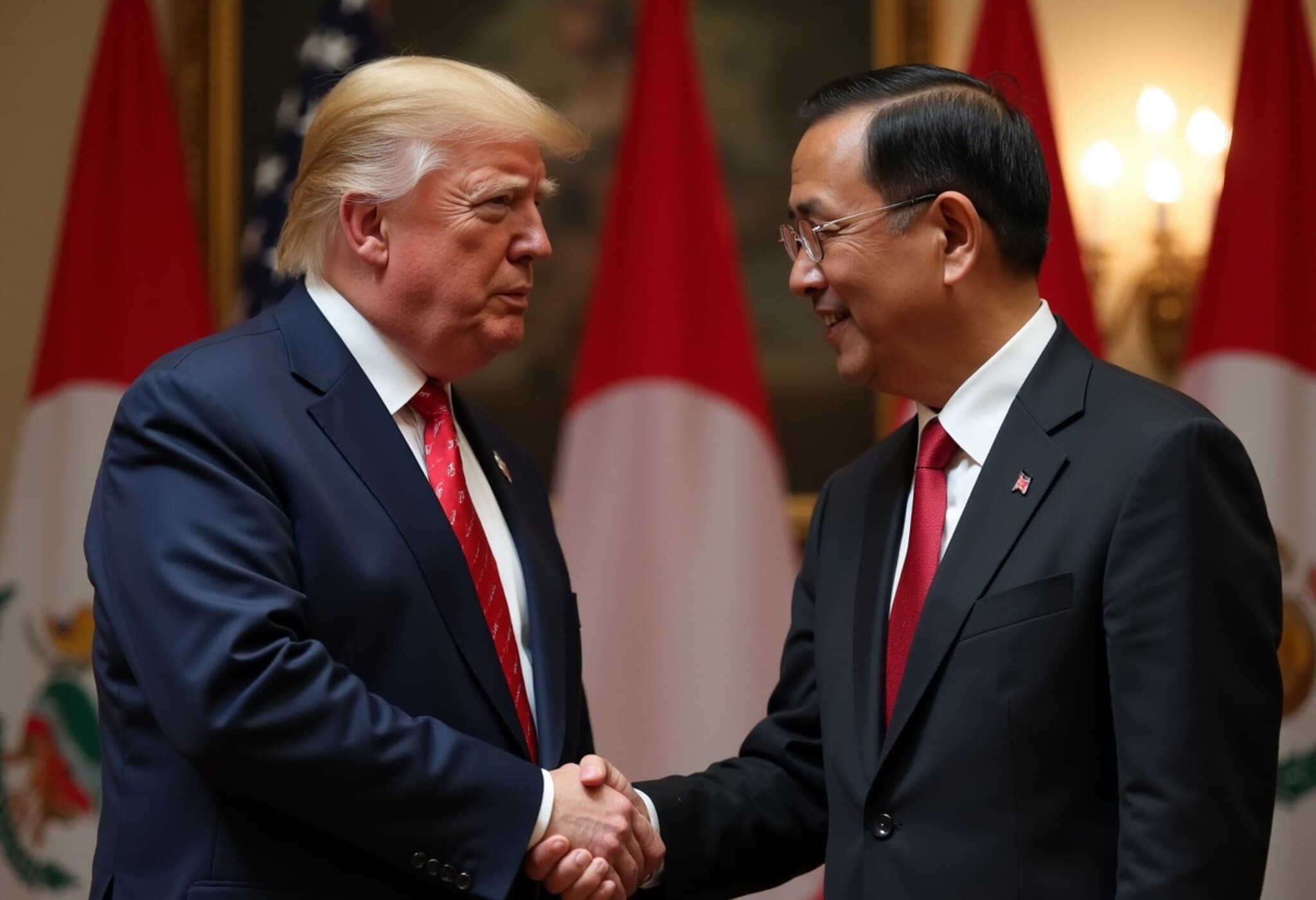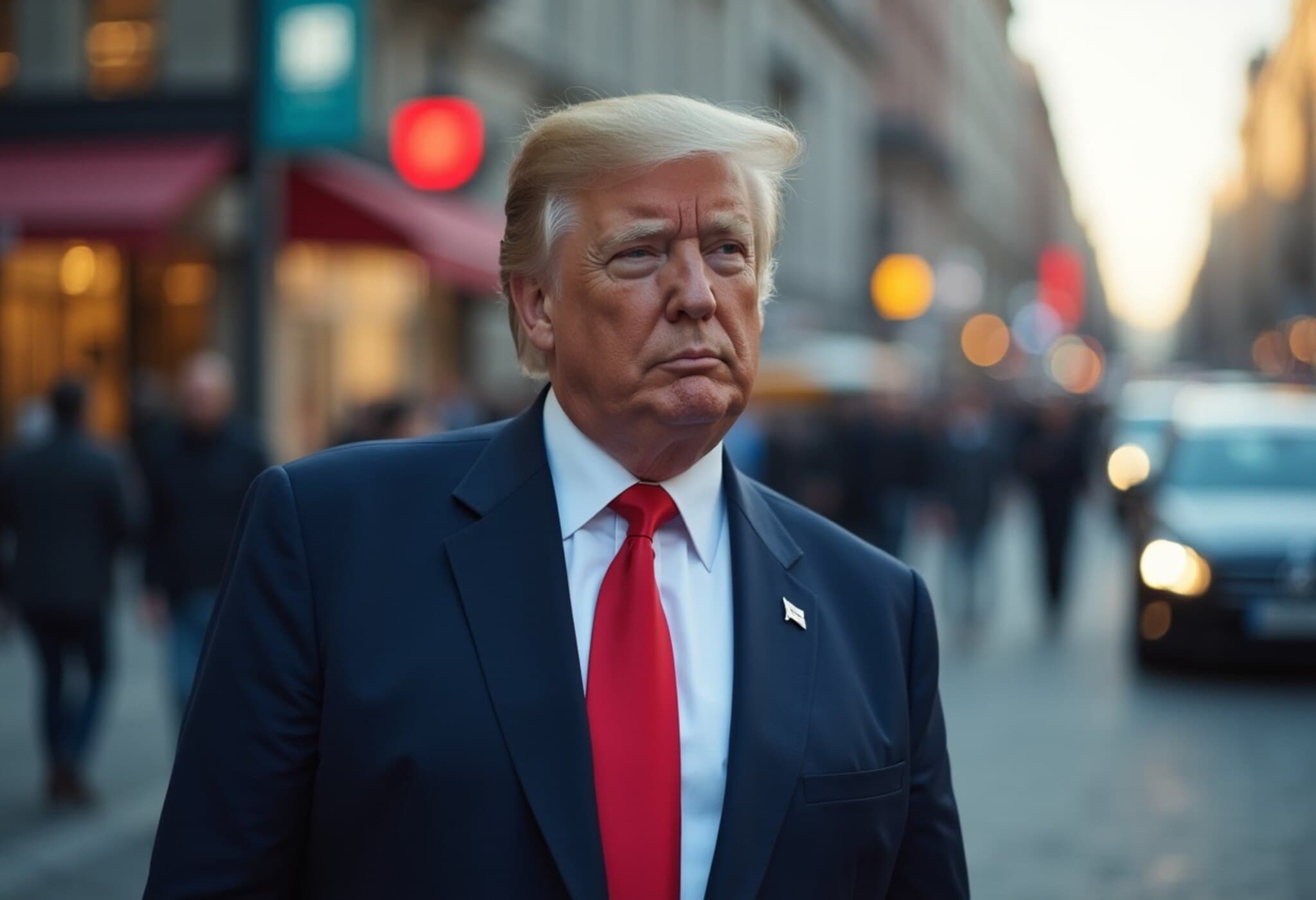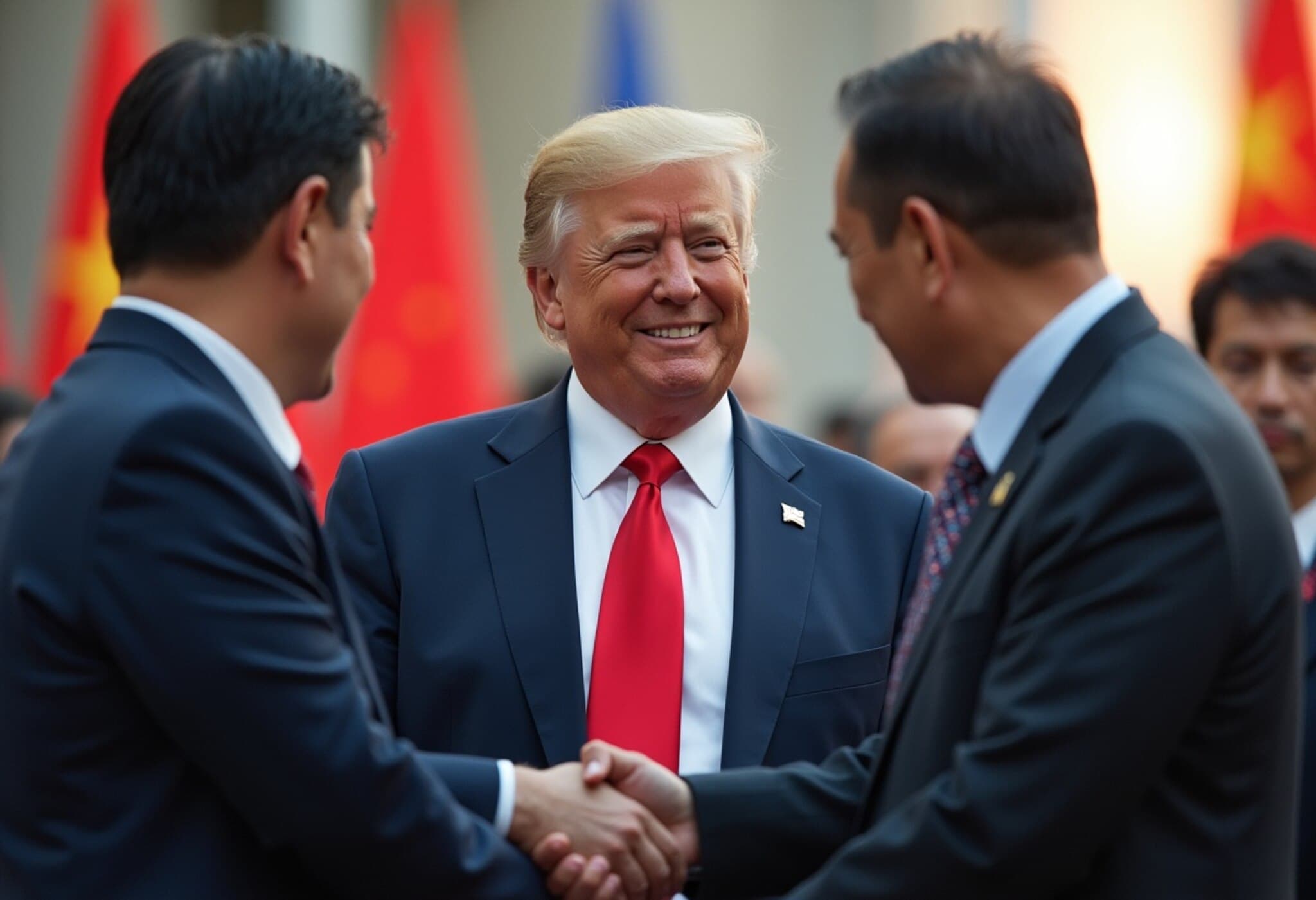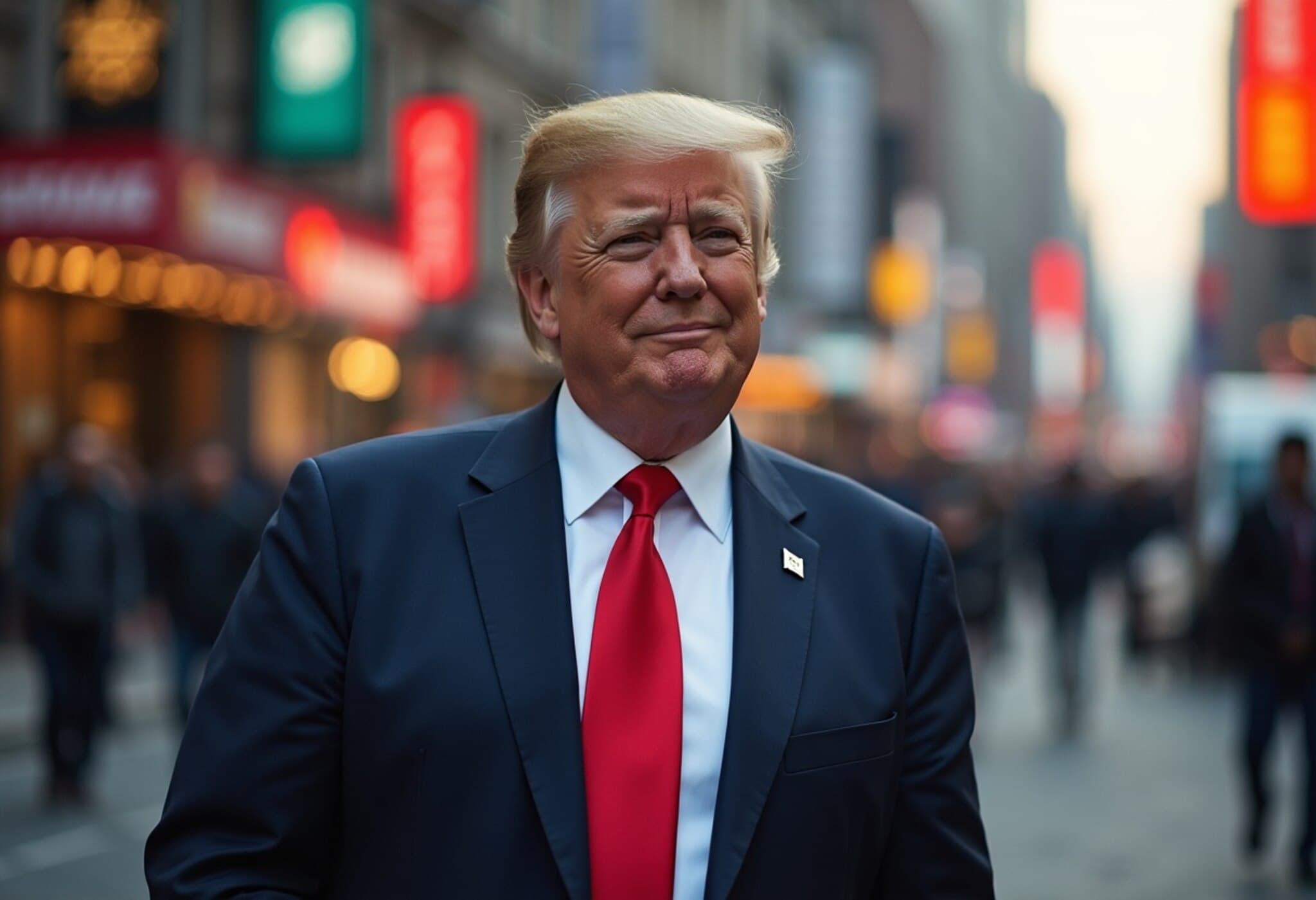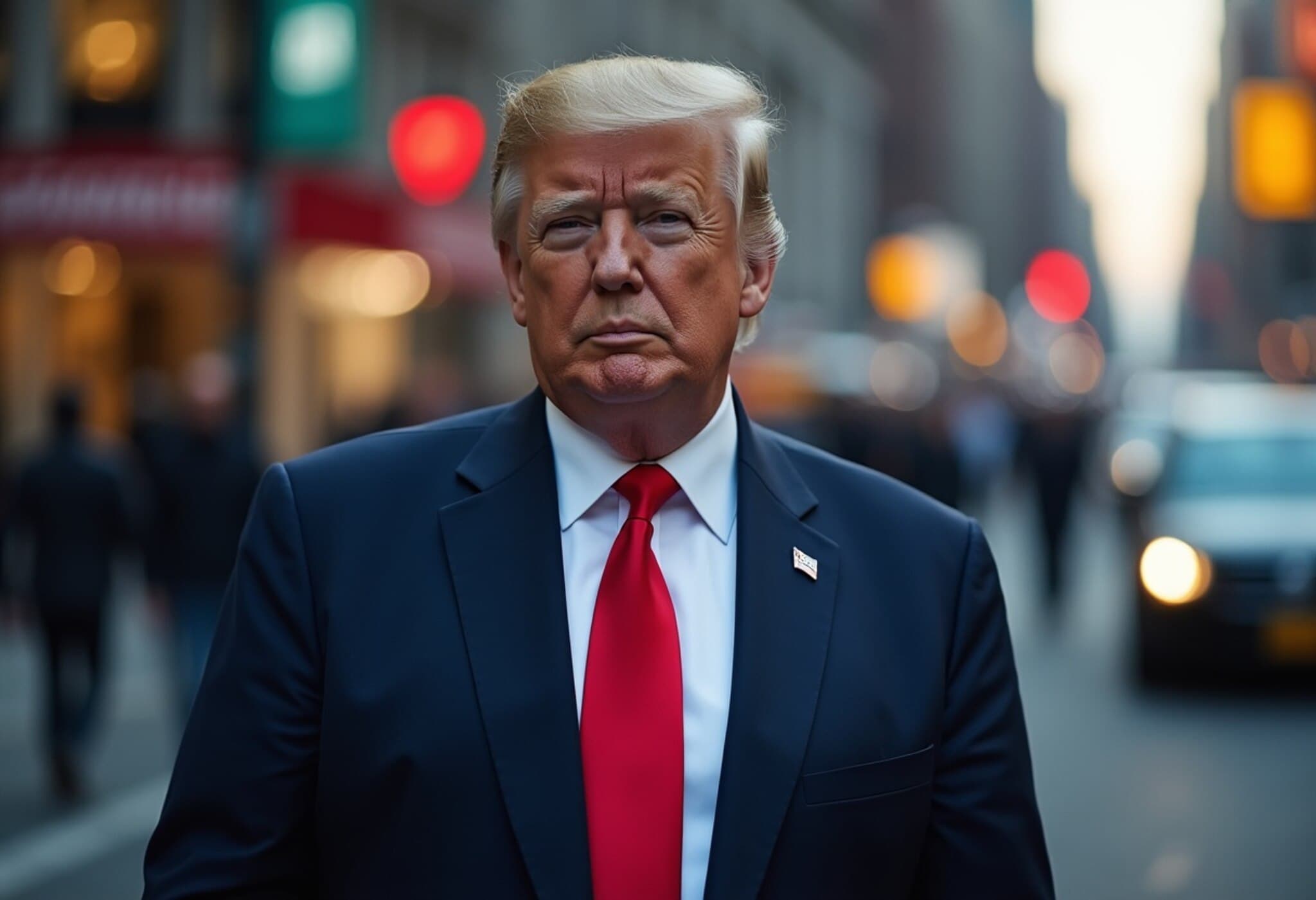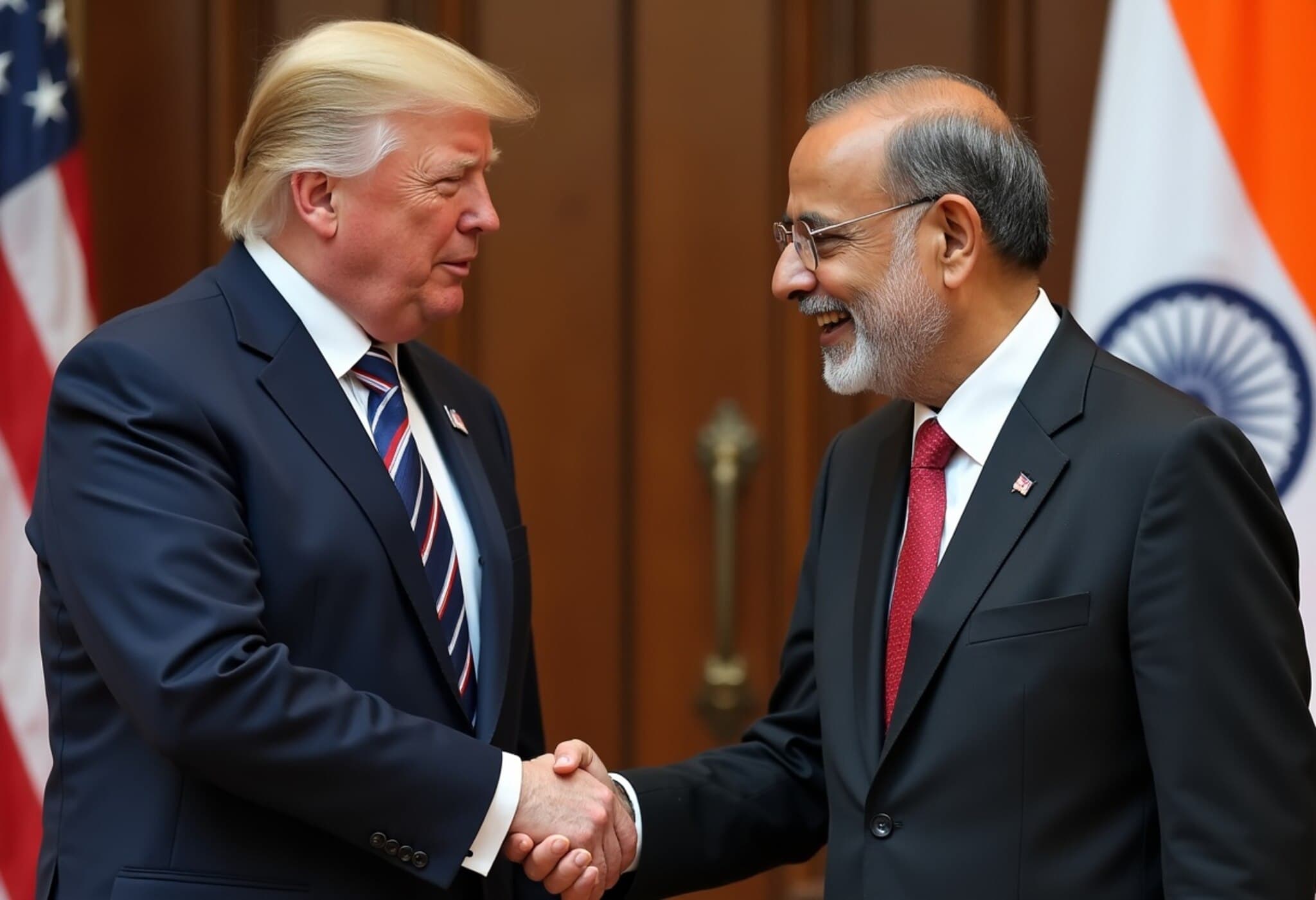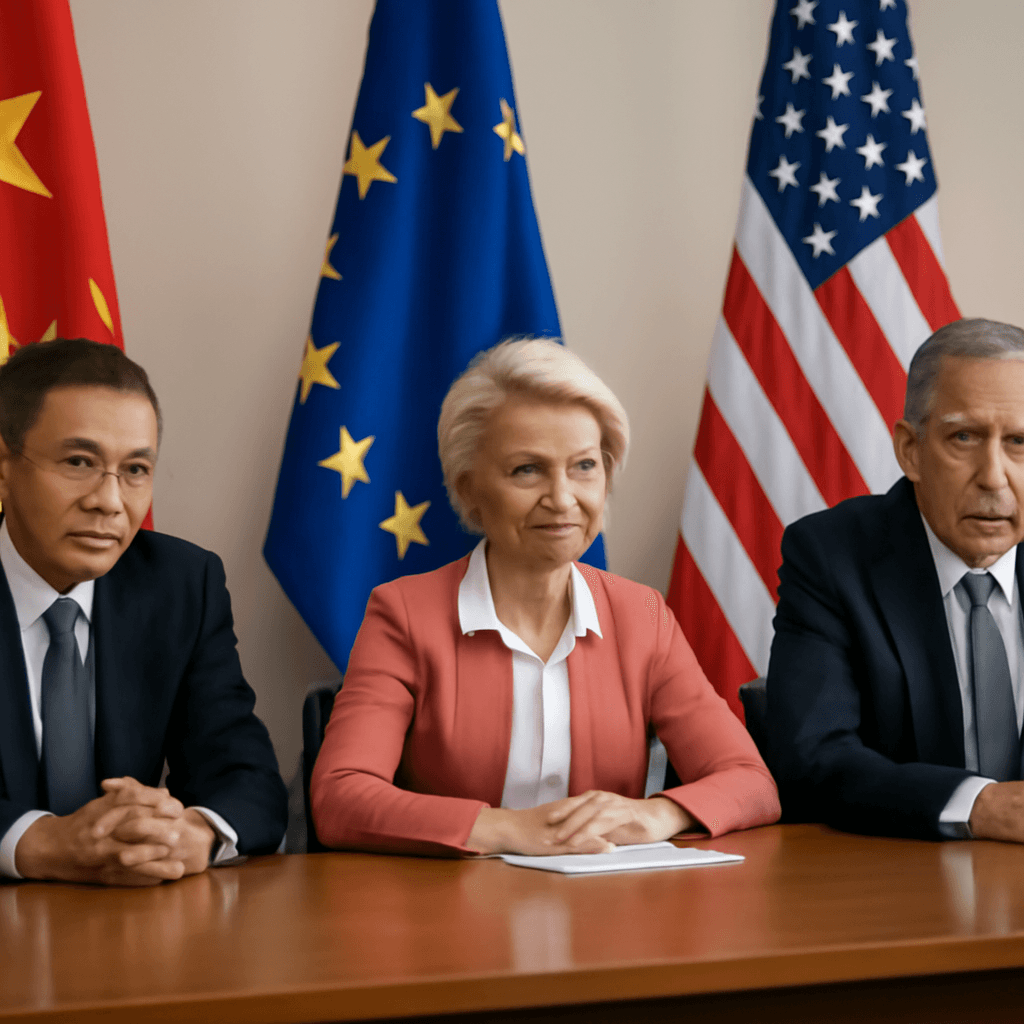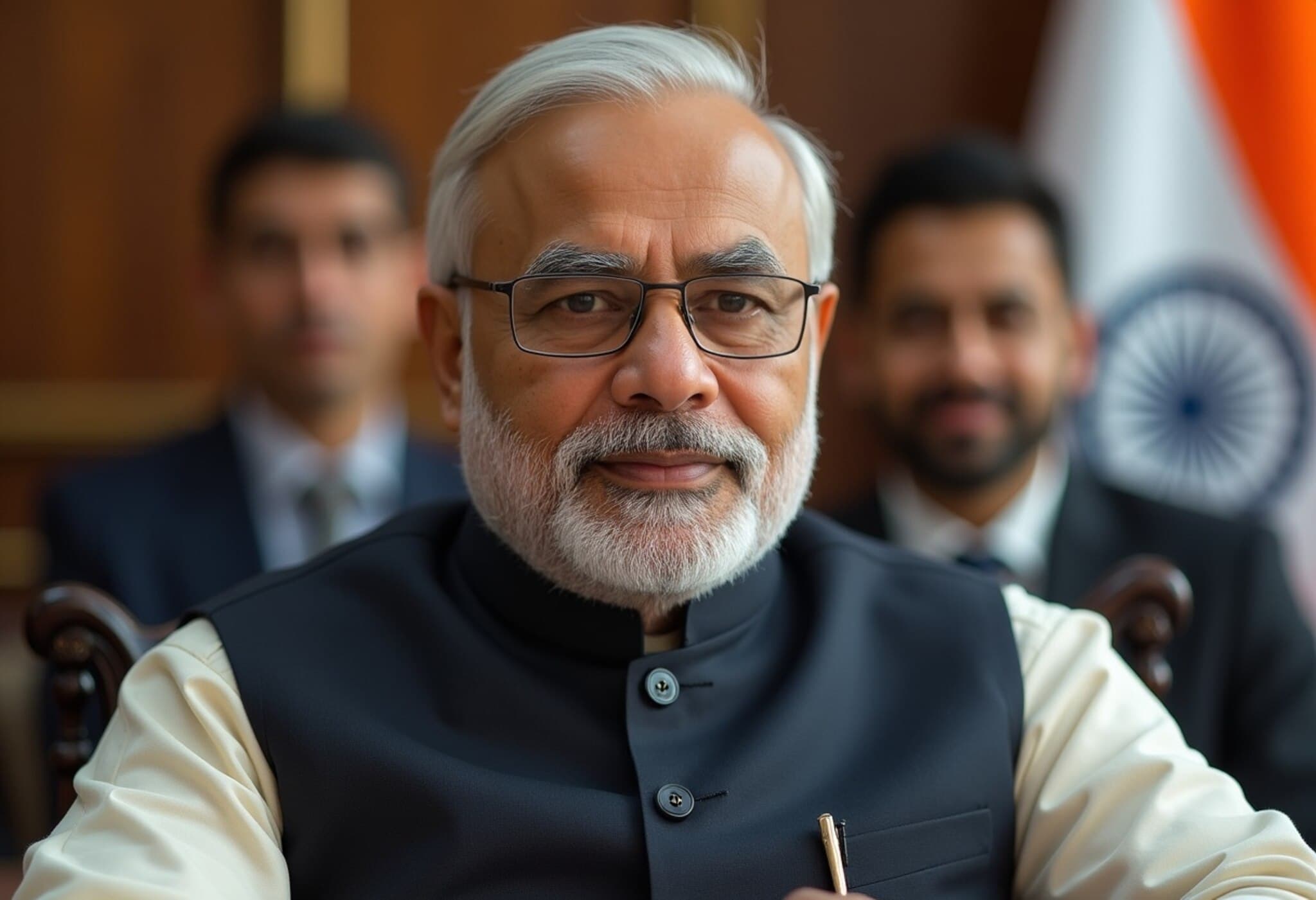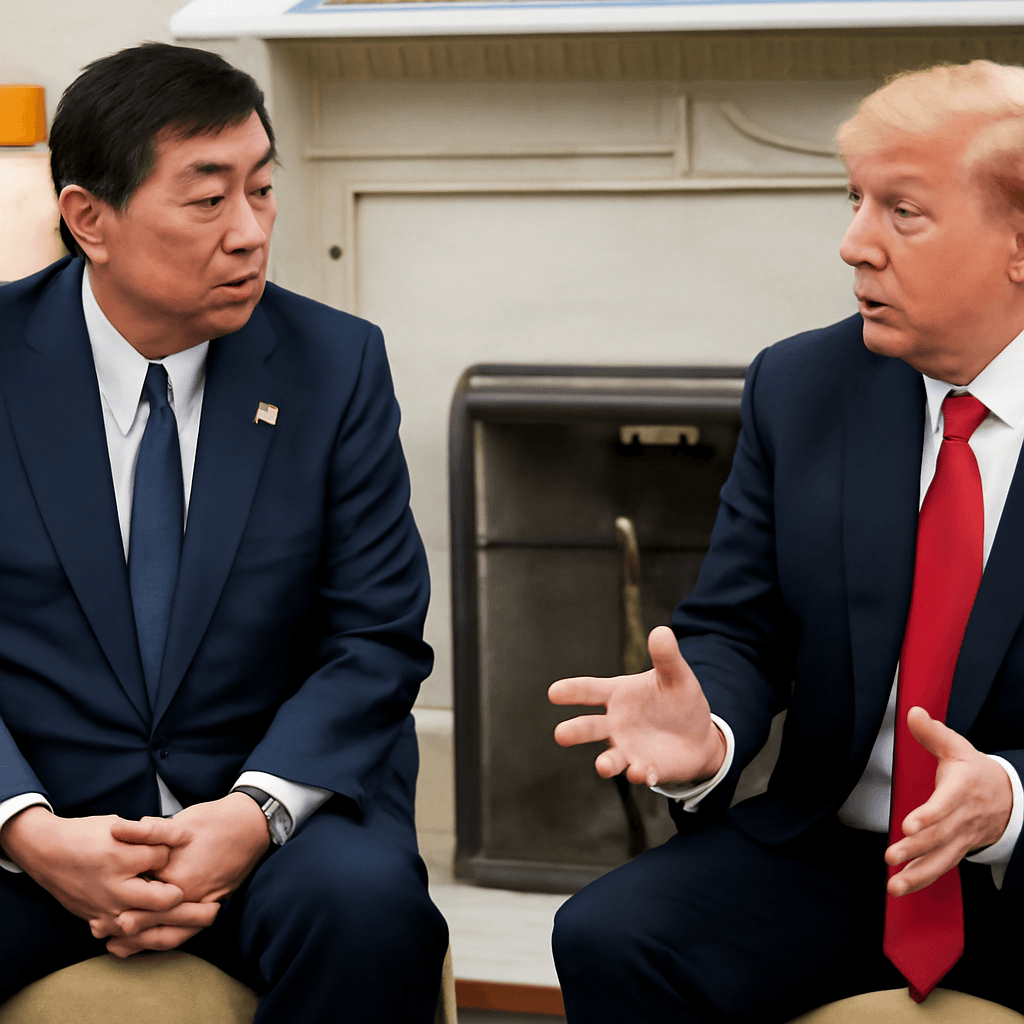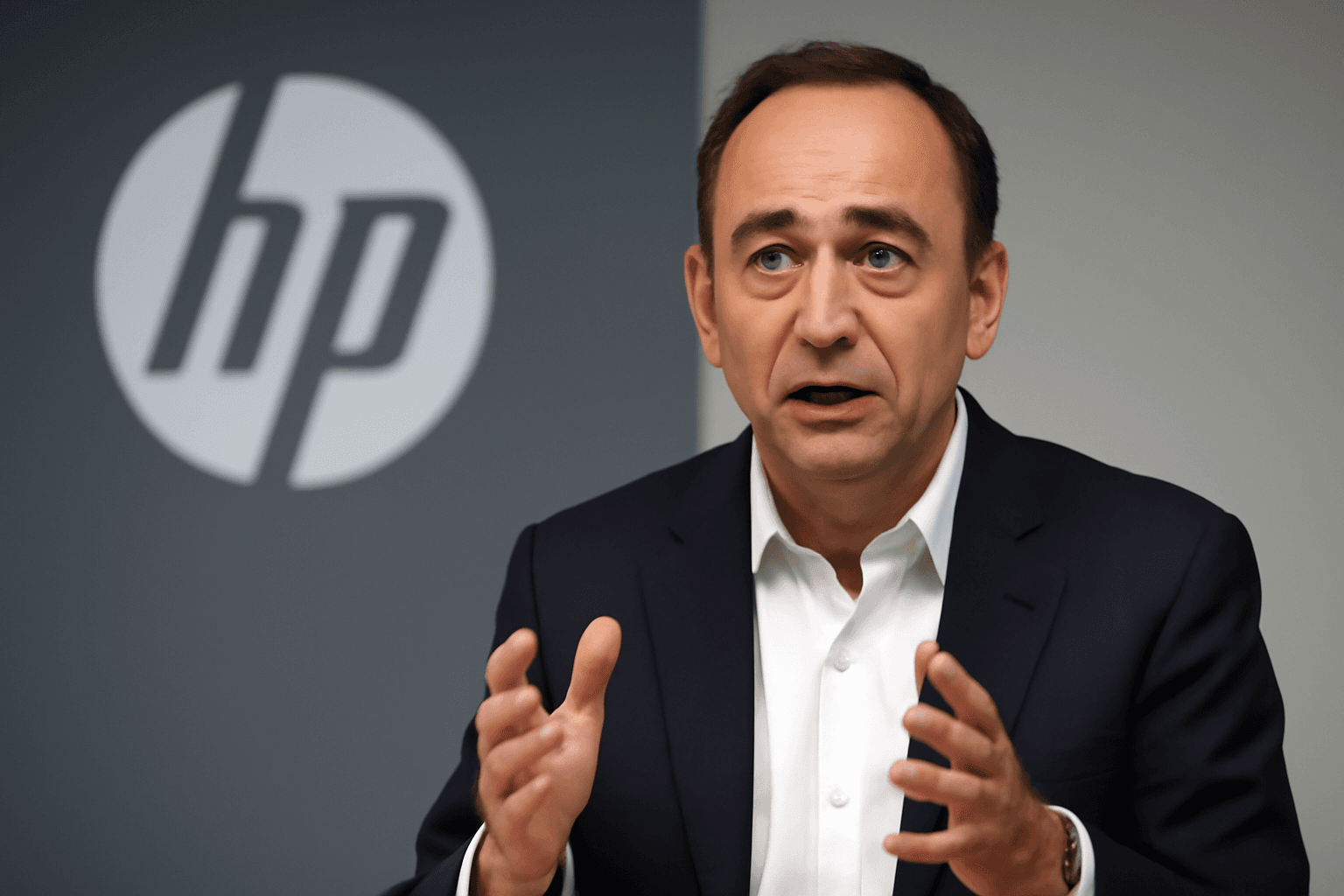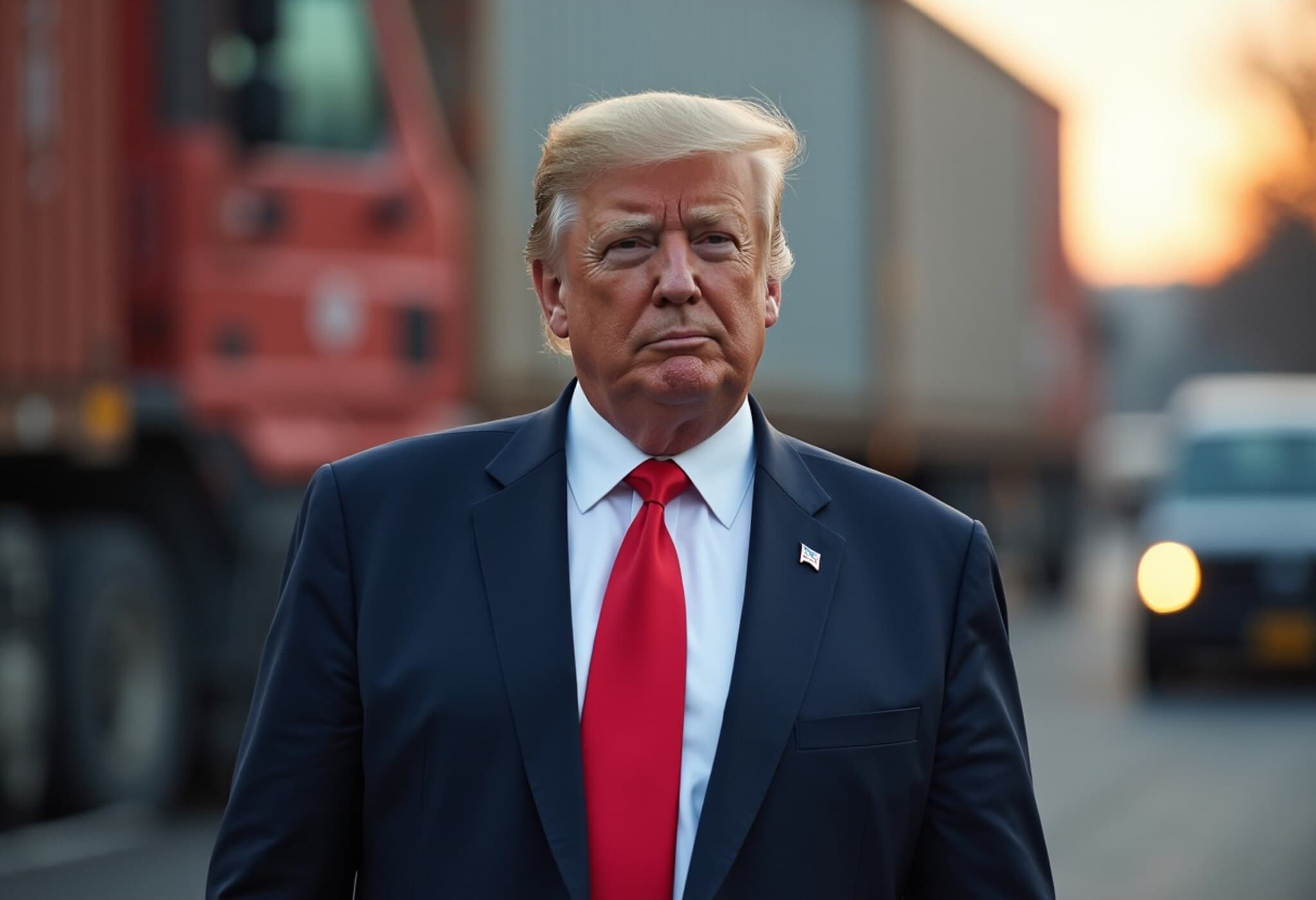Australia Avoids Tariff Hike Amid US Trade Policy Update
In a significant relief for Australian exporters, the United States has decided to maintain the existing 10% tariff rate on Australian goods, despite earlier indications from Washington that tariffs might rise to 15% or even 20%. This decision was confirmed late Thursday by President Donald Trump through an executive order adjusting US tariffs for several trading partners.
Context Behind the Tariff Adjustments
The trade levies in question stem from what the Trump administration calls “reciprocal tariffs,” a policy put in place on April 2, 2025, aimed at addressing perceived unfair trade barriers. Australia was initially assigned the lowest tariff rate of 10% under this system. The recent executive order solidifies this rate, while other countries face increases.
- Australia: Remains at 10%
- United Kingdom: Also holds steady at 10%
- New Zealand: Increased from 10% to 15%
- India: Set at 25%
- Japan & South Korea: 15% each
- Indonesia, Pakistan, Cambodia, Thailand, Malaysia: 19%
- South Africa: Remains at 30%
- Israel: Adjusted from 17% to 15%
- Switzerland: Increased from 31% to 39%
Australian Industry Impact and Government Response
Though the tariff rate on Australian goods remains unchanged, the 10% levy still presents challenges for several key sectors, including beef exports, precious metals like gold, and pharmaceuticals. These tariffs sit alongside separate, higher sector-specific levies of up to 50% on commodities such as steel, aluminum, and copper, which remain firmly in place.
The Australian government has expressed opposition to the tariffs, emphasizing that true trade reciprocity would mean zero tariffs, especially considering the existing comprehensive free trade agreement between the two nations. Prime Minister Anthony Albanese’s office has reiterated that any tariffs — regardless of percentage — are detrimental to bilateral trade relations and should be eliminated.
Legal Battles Cast Uncertainty on Tariff Policies
Beyond diplomatic and economic considerations, the legal footing of the reciprocal tariffs faces scrutiny. In May 2025, a ruling from the United States Court of International Trade deemed the tariffs unlawful, finding that President Trump had reportedly exceeded his legal authority by imposing these levies under emergency trade laws.
The Trump administration has appealed this decision, with oral arguments recently heard before a panel of federal judges in Washington. Observers noted a degree of skepticism among the judges about the administration’s legal rationale, potentially signaling further legal hurdles ahead.
Wider Geopolitical and Economic Implications
The Trump administration frames tariffs as a strategic tool to "put America First," aiming to reduce what it calls unsustainable trade deficits threatening national economic security. However, the uneven tariff landscape continues to complicate US relations not only with Australia but across Europe, Asia, and Africa.
For Australian exporters and policymakers, the challenge remains navigating this complex environment—balancing trade opportunities against protectionist pressures in a time of global economic uncertainty.
Editor's Note
The maintenance of the 10% tariff rate for Australian goods may be seen as a modest victory for Canberra, yet it underscores the precarious position of middle-ranking trade partners caught in the crossfire of shifting US trade policies. This development invites critical reflection on the resilience of global trade agreements in the face of unilateral tariff actions and highlights the urgent need for transparent dialogues to promote fair, mutually beneficial arrangements. Observers should watch closely how subsequent legal rulings and negotiations unfold, as they will significantly influence the future of international commerce and economic diplomacy.

